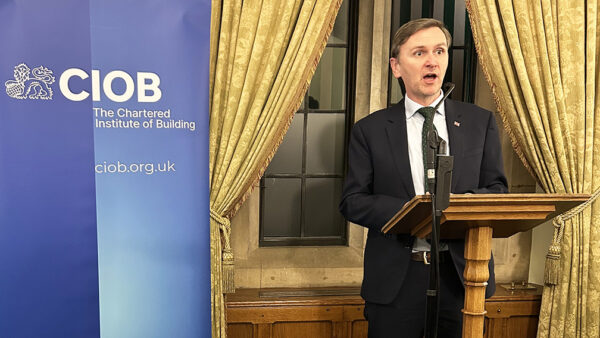Neil Lawson, head of renewable heat at installer Ardenham Energy, argues that the government’s recent announcement of a £97m cap on RHI funds this financial year plays Russian roulette with businesses trying to develop a new renewables sector
Imagine you are planning a major regeneration project which will benefit from renewable heat from a district heating system, biomass boiler and heat pumps. Your consultants have confirmed the viability of such carbon-cutting measures because of the long-term returns you will achieve via the Government’s Renewable Heat Incentive (RHI), the subsidy specially designed to promote the uptake of renewable heat technologies.
Planning permission, designs and specifications and the supply chain are in place. And then the news comes through that the RHI funding is no longer available. The Government has turned off the tap.
That is the scenario we fear the most following the Energy Minister’s statement this week on how he intends to manage the RHI budget.
Greg Barker MP has confirmed that the Government will limit RHI payments to £70m during this financial year. It will also suspend the subsidy for the rest of the financial year if the forecasted budget is exceeded. This will be triggered if 97 percent of the budget is used up. Renewable heat installers like Ardenham Energy will be given just a week’s notice of the suspension.
It seems ludicrous to me. No client or construction manager can manage that risk. And no renewable heat business can operate sustainably under these conditions. These proposals will stop the development of a specialist renewable heating sector in its tracks. Businesses will only survive if RHI-based work is a minority of their activity.
DECC points to the reduced take up of RHI in the commercial property sector so far and says this proves the budget won’t be blown this year. But that slow start has been caused by an over-complicated funding application process. Of the 376 applications made in the first five months of the scheme, only 20 installations were processed.
Those problems now seem to be easing and many more projects are coming through. There is also a potential backlog of domestic RHI qualifying installations to July 2009, so we can expect an unrealistic peak in applications the day the domestic scheme launches. The floodgates will then open.
Consequently, I can’t see how customer expectations can be managed. It will be like playing Russian roulette. As each month passes with a dull click, the chances of the next month reaching the threshold increases. And when the upper limit is hit and DECC’s bullet blows the plans apart, what happens to the hapless consultant or installer who told the client that they would benefit from the RHI? What happens to the client? Do they decide not to turn their heating on until the next financial year and commission it then?
These are artificial mechanisms conceptualised in an ivory tower. The Treasury is seeking to control a budget at all costs and DECC is responding with a tsunami of destruction throughout the RHI industry.
The introduction of the RHI was a first. It is key to us meeting the EU target of sourcing 15% of the UK’s energy from renewable technologies by 2020. The eyes of the world are fixed on the UK to see if we can create a thriving green economy, so we all need to make the RHI a success – not only for businesses and the benefit of all building owners, but for the original goal of carbon reduction.
The RHI must not be abandoned, and it can still be made to work. It’s time to go back to the drawing board and start from basics with a simpler RHI scheme and better budget management than this.










